
We all know what constitutes Beauty in our present-day world. The artificially constructed image created by the trillion-dollar beauty industry informs us in no uncertain terms, what is necessary to have in order to be considered Beautiful. The images show up everywhere we look to influence our lifestyle and to sell us things that we don’t really need.
But what about ancient times? What would be considered beautiful to those who lived long long ago in the area that we now know of as south and central Asia?
This is a gnarly question since all we have are hand-drawn paintings and a few sculptures that would give an indication of what a beauty would look like back in the day. Even then, we are barely looking at the surface of it all and have no idea what the psychology of the observer would be.
It’s a good thing then, that I happened to have stumbled across an actual written document which gave the ten base requirements that all ancient Asian beauties had to possess to even be considered ‘beautiful’.
Before I begin, I must state for the record that many of these requirements are downright strange when viewed through modern lenses.
Sometime between 1644 and 1910, there was a classical scholar who left a small commentary called ‘Beautiful Talks’ (1). For some strange reason, his name was obliterated from the record books, so all we have left is his works.
This anonymous scholar wrote a lyrical poetic commentary containing many deep meanings that express the view of what ancients thought about what beauty means to them. He outlines ten requirements that a lady must have to be considered Quốc sắc (meaning a Beauty). And here they are.
Ten Beauty Requirements
In the modern era, the word beauty is commonly used to refer to a physically beautiful woman with a face that would have all the hallmarks of what is considered ‘classic’ beauty, as well as a beautiful body to match. But that sort of beauty was not something that was important in ancient times unless one was looking for concubines for the king, in which case there was a separate requirements list which had very specific physical requirements–I’ll go into that in a future posting.
In fact, a woman who was called a beauty in ancient times had to meet very strict standards. Just having a beautiful face doesn’t get a woman very far. So what exactly are the standard requirements for Beauties of the ancient world? Let’s take a look at them.
1. Beautiful Environment
In a poem written some time between 618 and 690 AD by a Chinese poet named Li Bai, titled ‘A Peaceful Song during the 3rd Period’. (2).
清平調其三
Danh hoa khuynh quốc lưỡng tương hoan,
Trường đắc quân vương đới tiếu khan.
Giải thích xuân phong vô hạn hận,
Trầm Hương đình bắc ỷ lan can.
As y’all know, I don’t read Chinese. Putting something this ancient through Google translator brings up a mangled bloody mess because AI-translation isn’t as good as it needs to be. Luckily, I found the poem translated into Vietnamese, so I can say with a fair amount of certainty that this poem talks about a king and his concubine, lounging around in his pavilion.
It states in specific words that his concubine is like a red peony and she pleases the king greatly. It goes on to say that he smiles when he sees her, his troubles flies away. The last line gives a visual of the king and his concubine leaning against the railing of their open veranda, which brings me to the first part of this Beauty requirement.

The poem describes home where a Beauty lives is akin to a flower garden where the Beauty (akin to a red peony) can be nourished and protected, or perhaps a beautiful pot to hold the flower in all her glory.
Beauties then, must definitely live in a beautiful environment, either in a palace, a stately mansion, or at the very least, an elegant upper class house. This means no shacks, no hostels, no basement dwelling, and most certainly no mobile homes.
Her house must be spacious and clean and decorated with elegant items such as high quality paintings and drawings on expensive silks, as well as beautiful calligraphy or script brush artwork showcased on walls. There must be nice ceramic vases and sculptures adorning shelves and table tops.
Outside her home, there must be a small winding path to her entranceway, lush with precious flowers that have been artfully cultivated on both sides. He stressed the importance of flowers by pointing out that if there is not enough space to plant flowers, then there must be at least a pot with flowers placed outside. His idea is that the Beauty is the true body of the flower, and the flower is the miniaturized reflection of the Beauty.
He ends with the thought that the house does not need to be palatial, but the internal and external design and landscaping cannot be missing.
2. Beautiful Attire
It goes without saying that the clothes make the person. To be considered a beauty, one must wear beautiful clothing. The author goes into detail in regards to the type of garments to be worn, as well as recommendations on seasonality and appropriateness.
He suggests raw silk, as well as brocades made of silk and gold threads, and other luxurious fabrics of the era such as embroidered fabrics, painted silks, filigreed lace, and rare furs from minks and snow foxes. The clothing must be loosely styled, with large sleeves and large lapels to create an elegant and refined look.
In addition, the Beauty must also dress appropriately for whatever occasion arises. When receiving guests, she must wear dignified clothing, and when traveling, she must wear light clothes and light colors. Likewise, when viewing flowers, one should wear simple clothing. When viewing snow, the outfit should be dazzling and majestic.
For clarification, in ancient times, flower viewing and snow viewing are two distinct social activities that are organized and festive in their scope and scale. Hence, there is a dress-code for these two activities, as they are great opportunities for Beauties to see (and be seen) by possible future marriage partners.
According to ancient writings, spring is suitable for wearing fresh and pretty clothes. He does not go into specifics as to what exactly constitutes ‘fresh and pretty’, but he is most likely referring to spring colors such as baby pinks, pale greens, pastel blues, and light yellows.
Summer is for wearing comfortable clothes, in which case I assume this would be thiner fabrics and less layers. I cannot imagine this would mean showing off legs or shoulders as that would most definitely not be something a Beauty would do at that time.
In autumn, it is advised for beautiful women to wear elegant clothes, which makes sense because the autumn brings with it various festivals such as the Moon Festival and the Vu Lan season. These are huge events and care must be taken to wear appropriate outfits. One never knows who is watching from afar.
And finally, winter wear must be striking. I’m assuming this would be clothes that make a statement, with the more dazzling outfits saved for ‘snow viewing’ events. There are also large parties that are thrown at this time of the year, with the winter solstice being one of the largest events.
We also get a fairly decent recommendation as to the type and number of jewelry. that would be considered ‘tasteful’. He recommends one strand of pearls, one jadeite bangle, one gold bangle, and one nephrite bangle. He also recommends to stay away from covering the hair and body with too much gold and silver, as that looks a bit…whore-ish (his word, not mine). FYI: Jadeite and nephrite are both forms of jade, but one is very expensive and the other, much less expensive.
He goes on to conclude that women who dress modestly, appropriately, and elegantly will naturally exude an aura of Beauty.
3. High Quality Female Attendants
Here is where the modern beauty is going to fall flat on her face, as far as ancient beauty standards are concerned.
Even for the most elite, we modern women don’t usually have a bevy of female attendants following us around everywhere, taking care of all our needs.
But we’re talking about a Beauty living in ancient times. She cannot be without at least one female attendant. This has to do with traditional feminine virtue which dictates that an unmarried female must be chaperoned at all times.
It would be scandalous if she were to be caught alone outside her home., looking as if she is sneaking off to meet up with some handsome man. A mere whiff of this, whether accurate or not, will condemn her and cause her to lose her virtue. No virtue = no beauty.
Of course, for men, it’s a different story. He can go wherever he wishes, alone or otherwise. The writer, realizing this is not fair to women, attempts to soften this cultural inequality by stating that the Beauty should be compared to a beautiful prized peony.
He dutifully identified the names of a couple of prize-winning varieties, the Diêu Hoàng Peony, and the Ngụy Tử Peony, and assured readers that they would not be much to look at if the blossoms are missing their leaves.. the attendants are therefore another part of the Beauty’s adornments and add greatly to the Beauty by their very presence, surrounding her as the green leaves surround a precious peony.
As an aside, the peony has been mentioned as a synonym for a Great Beauty of that time in quite a few ancient commentaries and op pieces. This is in the same vein as the two verses written by a poet named Lý Chính Phong which was told to King Ðường Minh Hoàng (唐玄宗) by one of his attendants: (3)
国色朝酣酒
天香夜染衣
Quốc sắc triều hàm tửu
Thiên hương dạ nhiễm y
When translated, it means: The Beauty tends to get drunk in the morning (referring to the red-pink color of the peony). Her heavenly scent remains on the scarf (leaving a floral scent on the man’s neck kerchief from being with him the night before).
This reference, interestingly enough, does not talk about the virtues of an untouched Beauty, but rather one who has been ‘touched’ all night.
But I digress. Let’s get back to this Ten-Requirements of a Beauty.
These attendants were so important that the writer even suggests good names to give them. To clarify this custom, in ancient times, when young female attendants were chosen for the Beauty, they were basically indentured servants who would have been sold by their poverty-stricken families for a certain sum of gold. At the time of their arrival, the Beauty (or her family) would give new names to the girls to signify that they were now living a new life.
The names suggested by the writer are ones such as Mặc Nga (Gentle Moon), Lục Kiều (Green Lovely), Tử Ngọc (Careful Pearl), Vân Dung (Shape of a Cloud), Hồng Hương (Red Scent, as in perfume)…in short, anything other than the common flower names such as Daisy, Orchid, Chrysanthemum, Jasmine etc., which he claimed were cliché and overdone.
I need to clarify one thing. These female hand-maidens are not there for daily drudgery chores such as clothes washing or cooking and cleaning. There are dedicated servants such as cooks and scullery maids and grounds keepers to do that sort of work.
The female attendants are there to help maintain the Beauty’s lifestyle which includes assisting the Beauty with the daily chores of bathing, grooming, dressing, and adorning the Beauty with makeup and jewelry. There is also tea to make, flowers to tend, as well as daily offerings to prepare and incense to burn for all the various gods, spirits, and ancestors. When the Beauty wants to read, the attendants will be there to turn the pages for her. When the Beauty wants to draw or paint, the attendants will mix paints and grind the ink (more on this in future posting).
In short, they would be her personal assistants as well as being her daily companions.
4. Household Furnishings
Coming in at number four in the requirements to be considered a Great Beauty. Furnishings for the home.
According to this ancient writer, the Beauty’s room should have separate areas for the various different types of furniture. He discourages the mixing of personal items such as clothing and makeup with dishes and cooking utensils, calling it unhygienic. I don’t disagree with him.
He also requires for the Beauty to have the basic necessities, such as a divan made of wood, a recliner (think chaise lounges), a rattan bed, a meditation cushion, decorative burners for incense cones, pens, ink stone, paper, wine set, tea set, flower vases, and a dressing table with mirror.
As for the softer finer things, for the lady with means, there should be brocade bedding and soft cushions. The curtains should also be made of brocade, and the carpets should be lush and luxurious. There should be silk paintings and framed embroideries on the walls.
If the Beauty lacks means, bamboo curtains or papered windows will be adequate, as well as thin cotton fabric screens and curtains to separate the living areas. The key here is to present an orderly, clean, neat environment that showcases the peony flower that is the Beauty herself.
Whew. We barely got through the first four and it’s already such a long diatribe explaining exactly what he meant within the context of that time in history.
I will continue this list in my next posting, Ten Conditions for Beauty in Ancient Times 2.
…

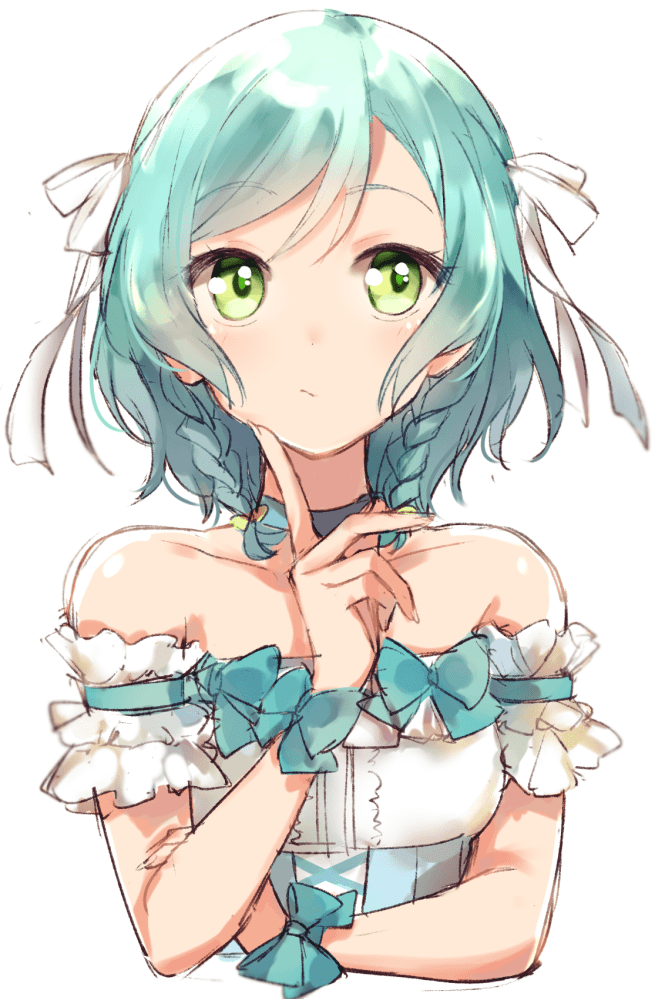

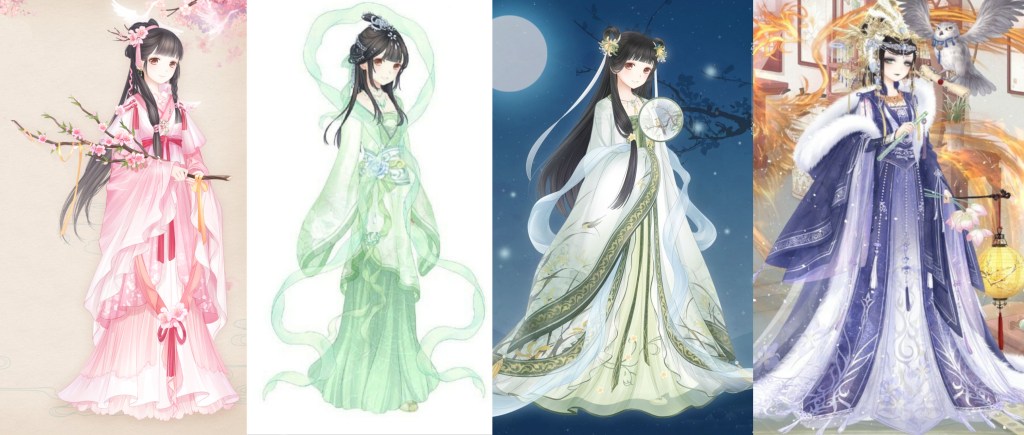
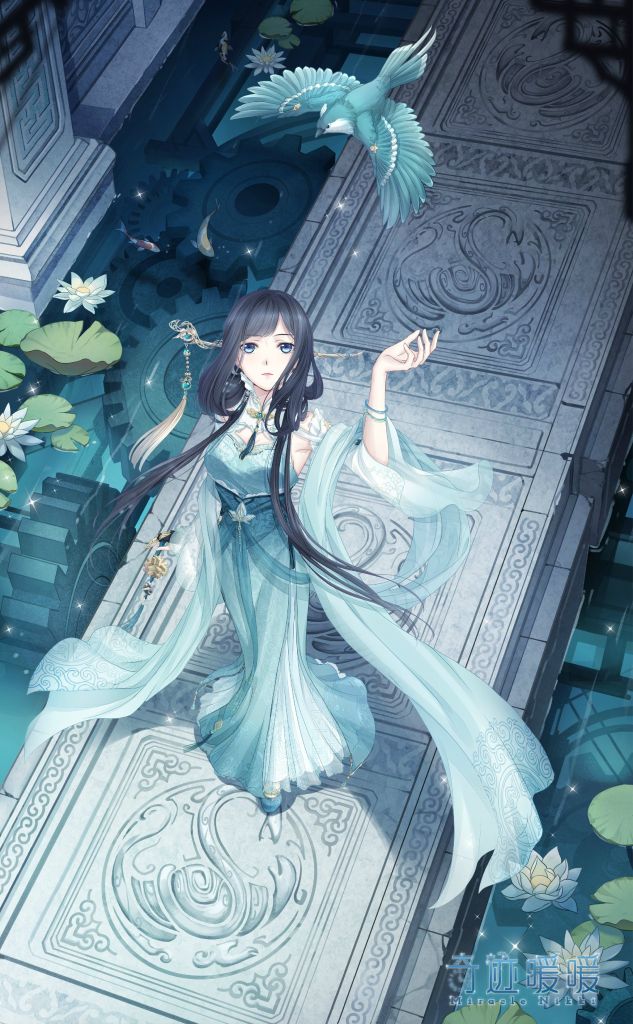

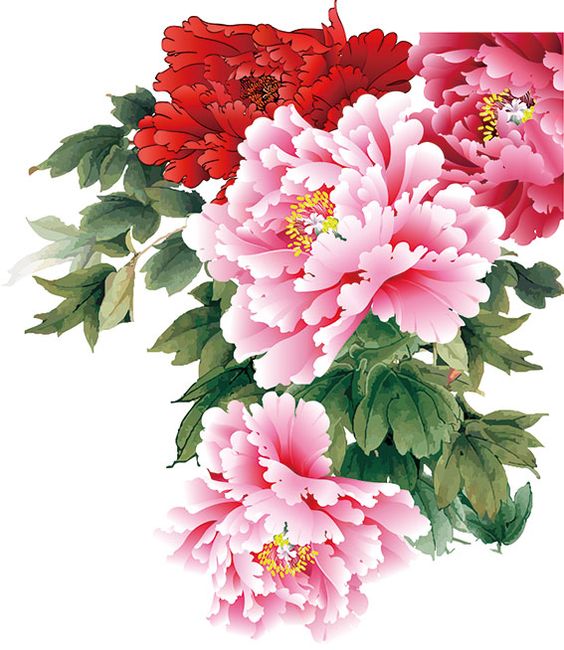
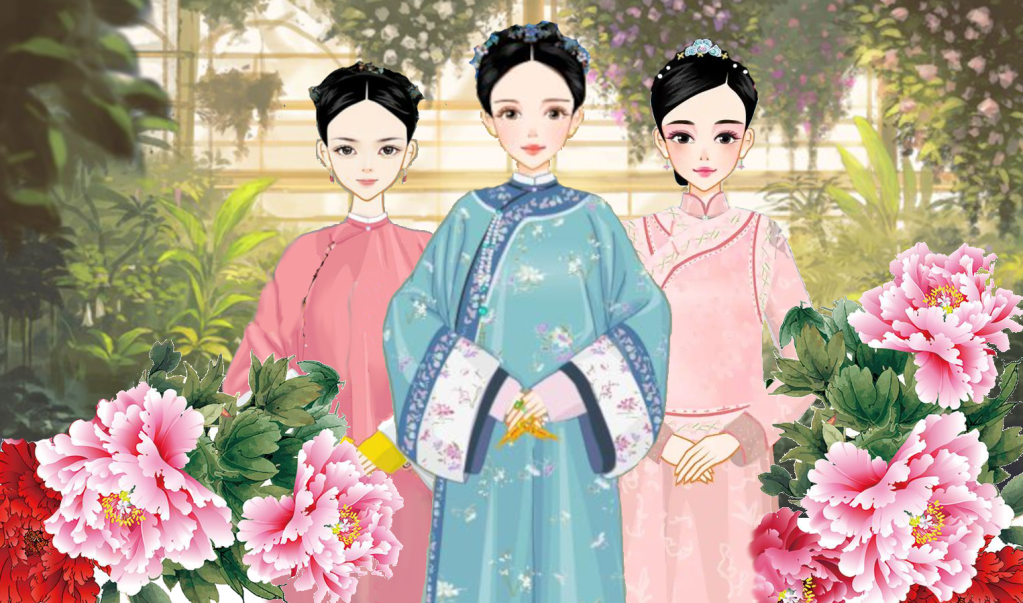



Hi Mai-
I didn’t mean to leave my name on a prior post, but no harm done. My middle name was in tribute to “John Glenn”. My dad, a navy veteran opted out of the “Man is Space” program because too many people were dying due to NASA stupidity -like one of his closest friends, Karl Kinchloe.
https://en.wikipedia.org/wiki/Iven_Carl_Kincheloe_Jr.
In any event, I don’t mean for this to be posted, but being something of an “Old Dude”, it would not be the first time I was surprised by the applied technology of “kids these days”.
In any event,. . . shortly after you so graciously posted my earlier message I offended a woman who would certainly meet all 10 requirements for beauty as far as I am concerned. Apparently, as she has become a devout Buddhist, aside from having been a total jerk, I am an impediment on her path to enlightenment. Unfortunately, I have never really been able to live without her in spite of the possibility that she could be the last venomous creature in the pot. I know you are not Ann Landers, but perhaps in some way you might advise. To me you seem an “old soul”, wise beyond your years.
Thanks. May God bless you.
JGS
LikeLiked by 1 person
Since these conditions are environmental or ornamental, I’m curious as to what next up in the list has to do with the actual women themselves and their qualities. I’m aware that the topic can be treated differently according to time and place, it will be interesting to see another perspective whether its very different or not.
LikeLike
Hi Jeffrey. Thanks for your reply. I read your father’s friend wiki page. I was very impressed with his achievements, even at the young age of 30 and was sad to hear how he died. NASA was never a public entity. It was created for the purpose of space defense. With that objective, it does things which sometimes makes no sense in the day-lit world we live in but makes perfect sense within the underbelly of the ‘beast-of-war’.
As for your lady friend, all I can say is that she is one extremely wealthy woman if she meets all requirements of the ancient Beauty, since the first four requirements are money, money, money, and more money. In this situation, if you can control the poison, you would be sitting pretty (and in luxurious comfort). Best of luck to you.
LikeLike
HiWorld. Next up on the list is the women themselves. Hang on tight and I’ll post the next installment of Ancient Beauties. Thanks for reading.
LikeLike